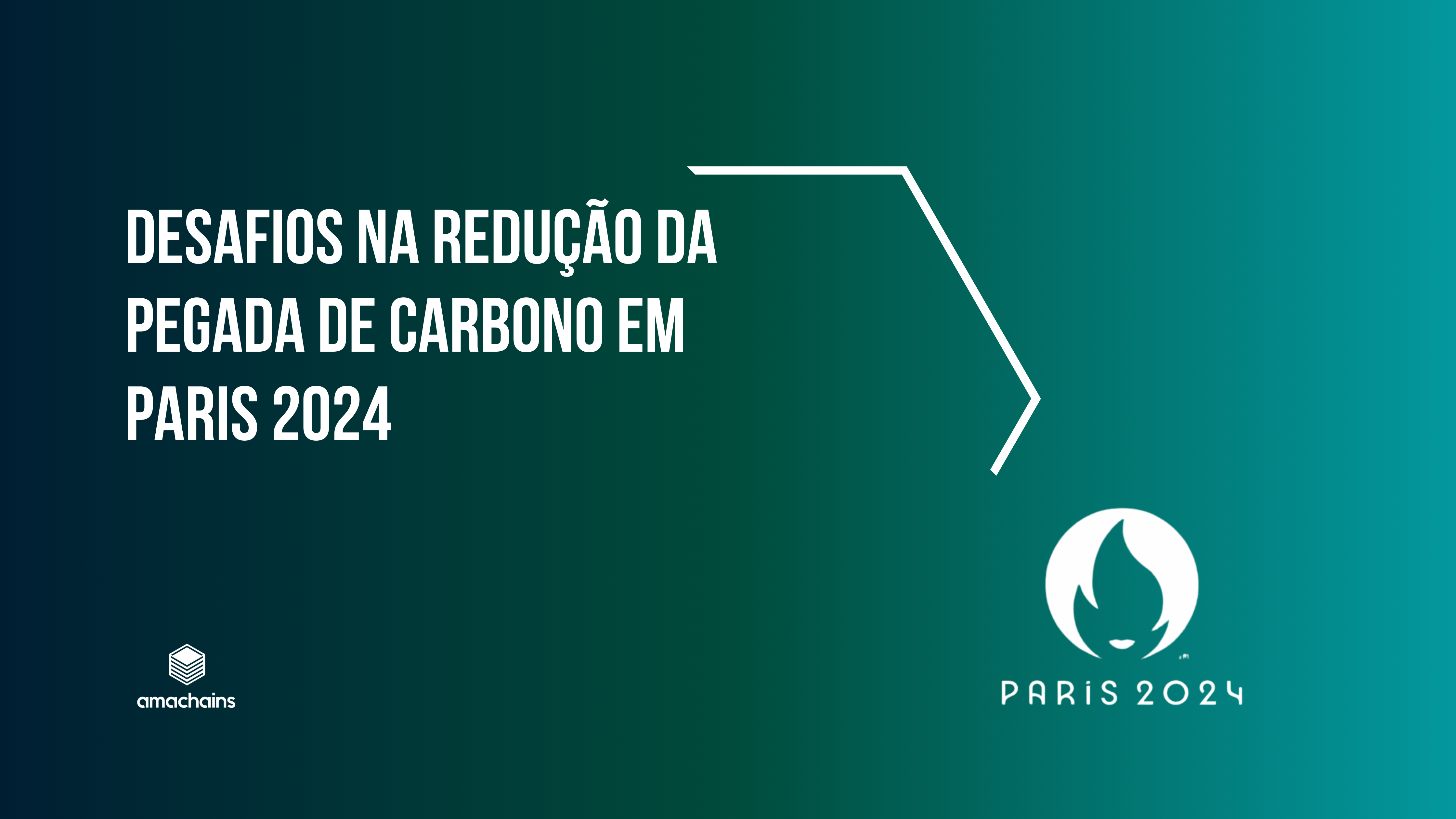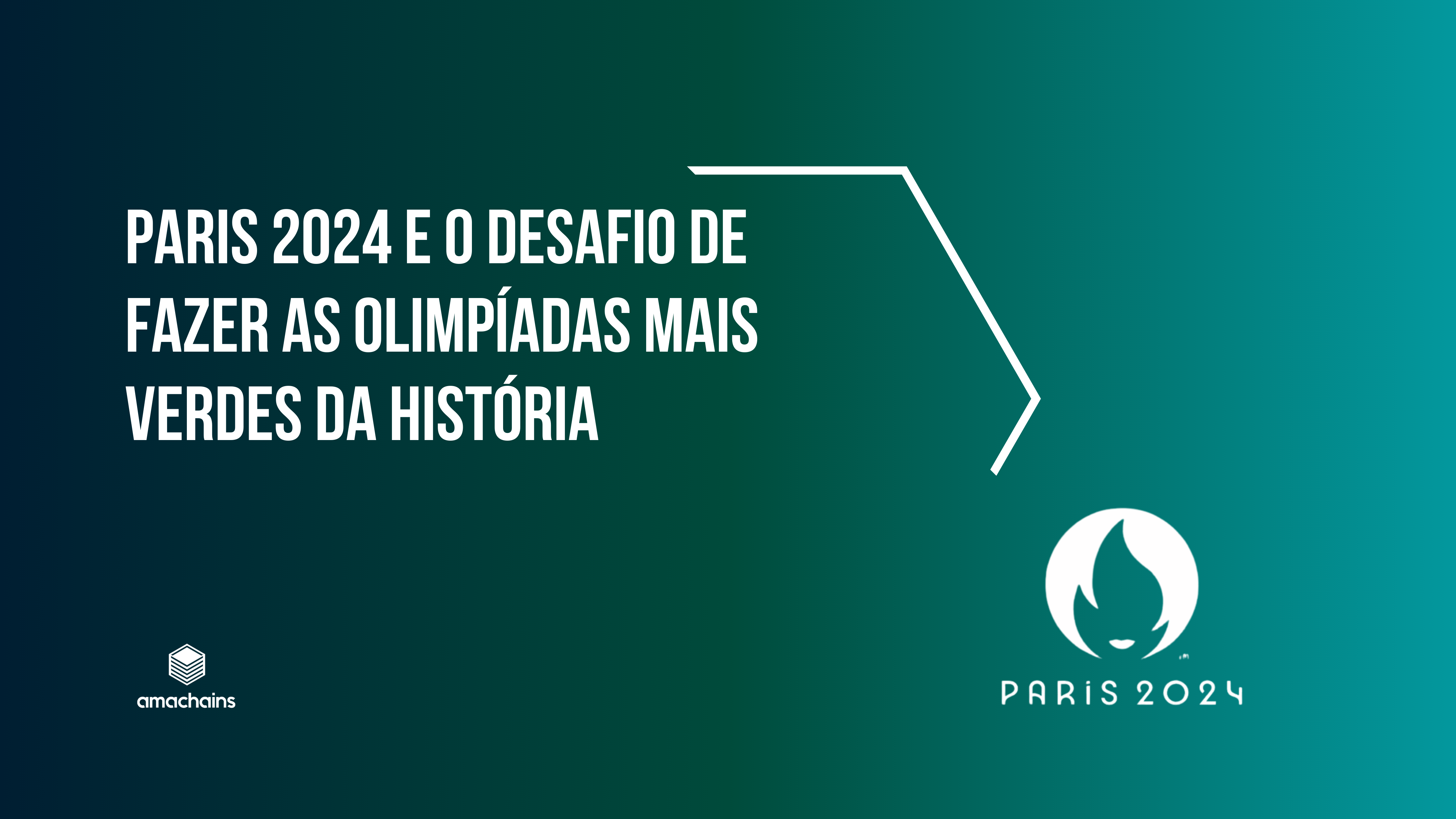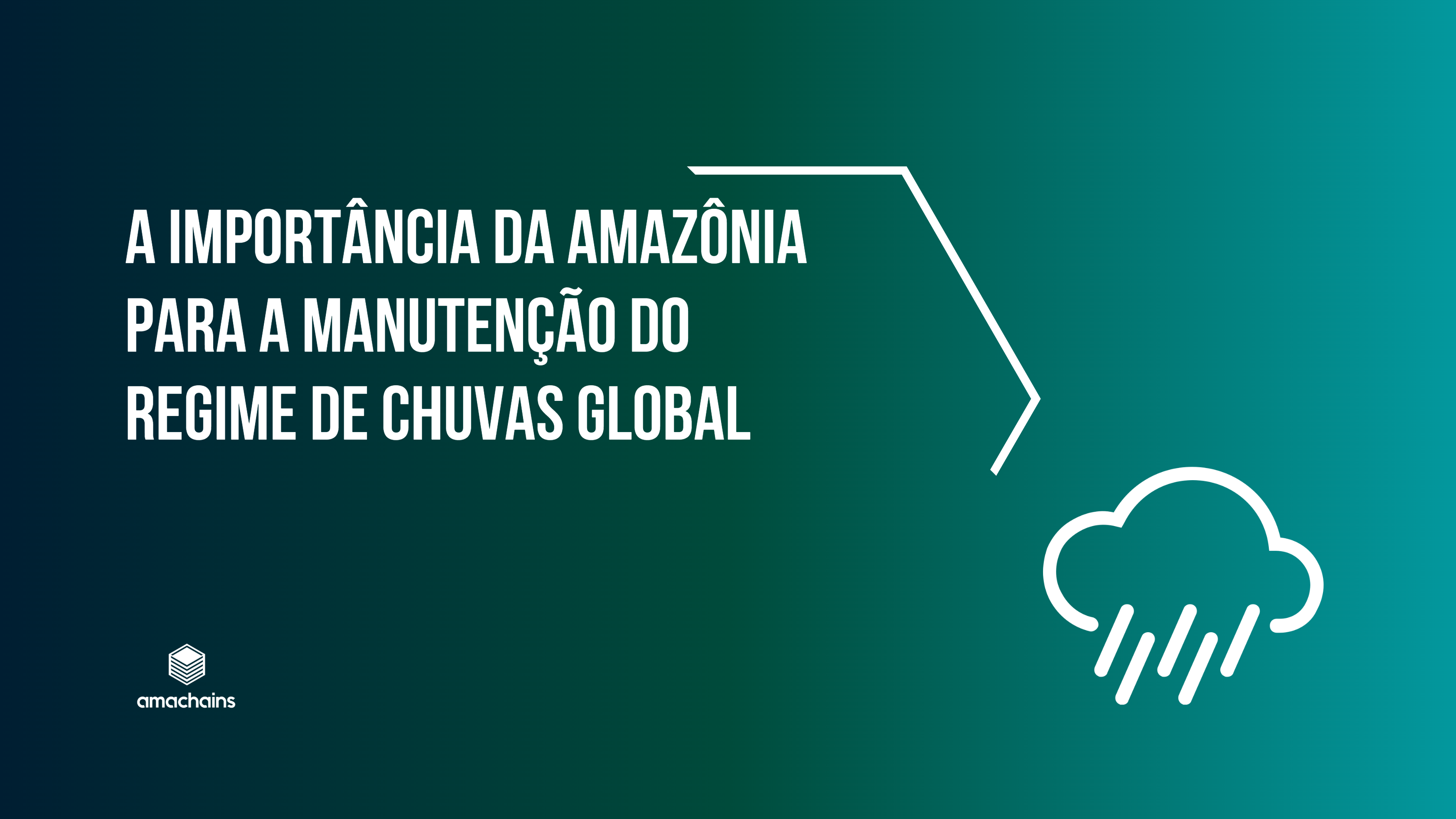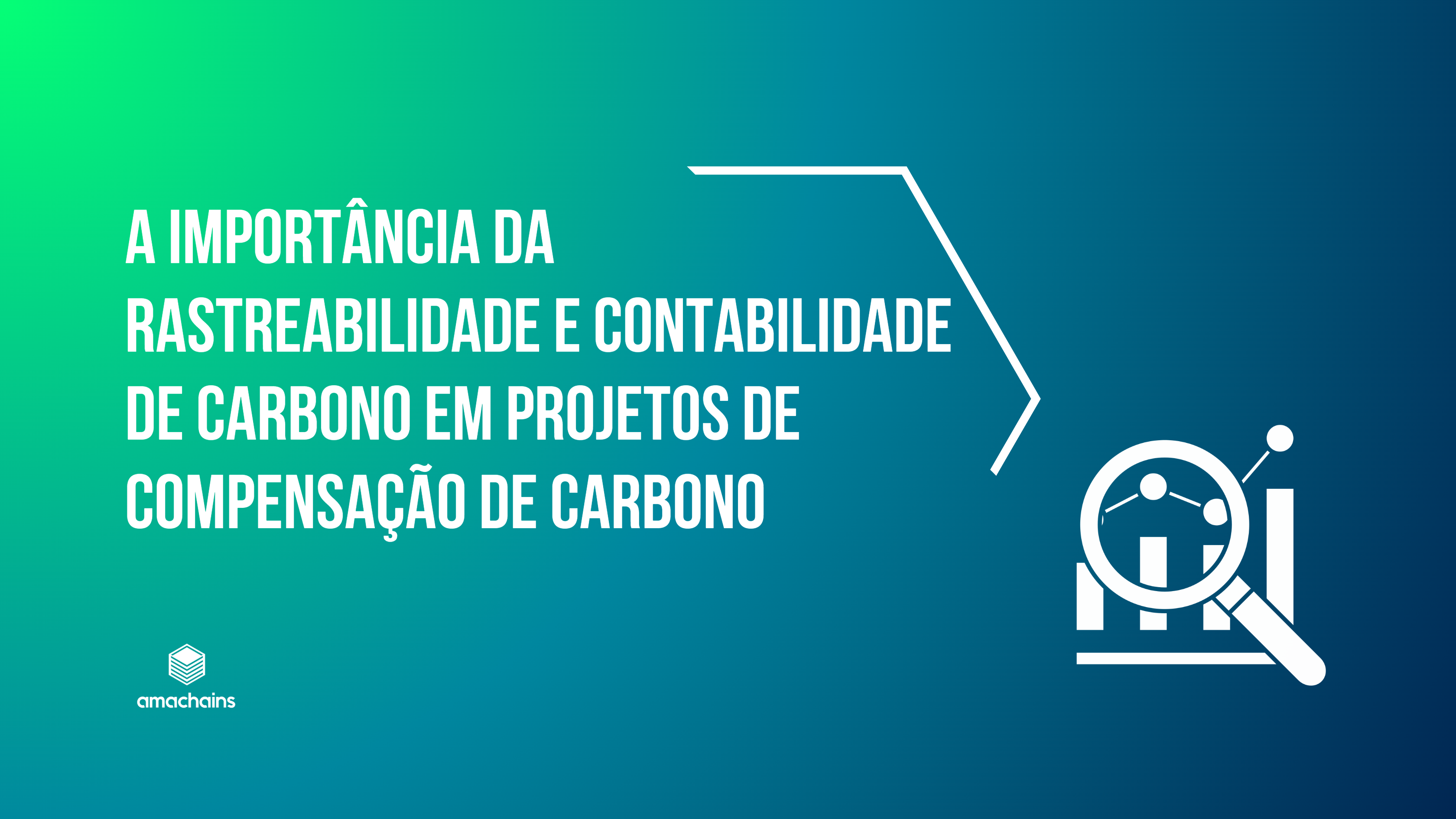The term “Carbon Equivalent”, whose symbol is “CO2e”, was created to represent all the gases that cause the greenhouse effect, aiming to facilitate the way in which impacts are measured and allow the creation of the carbon market, whose “currency” is the Carbon Credit.
In the carbon market, 1 carbon credit is issued for every tonne of CO2and (carbon dioxide or carbon dioxide equivalent) that is absorbed or avoided by human activity. These carbon credits can be traded worldwide, allowing those who seek ways to reduce emissions to obtain financial compensation for their efforts, since these results benefit the entire planet. This is an incentive for others to also seek to improve their activities to emit less GHG into the atmosphere.
All of these gases have the ability to retain infrared rays (IR) emitted by the sun, preventing these rays from escaping the atmosphere, which results in the accumulation of thermal energy (heat), causing the greenhouse effect (warming). However, each of these gases has the potential to retain IR rays with greater or lesser intensity. This means that the emission of 1 ton of one gas can cause a greenhouse effect hundreds or thousands of times greater than the emission of 1 ton of another. This difference in impact between gases makes it very difficult to compare the impacts of human activities on GHG emissions. To facilitate this, the Carbon Equivalent, or CO, was created.2and.
The CO molecule2 (carbon dioxide or carbonic gas) was used as the standard gas for all calculations. As explained above, 1 carbon credit is equivalent to 1 ton of CO2 not emitted or absorbed. This means that 1 carbon credit is equivalent to the beneficial effect resulting from the non-emission or absorption of 1 ton of CO2 in the atmosphere.
Since each gas has a different impact on the atmosphere, it is necessary to compare it to the effects of CO2, indicating how much the emission of 1 ton of a certain greenhouse gas is equivalent to in tons of CO2. The result of this calculation is the Carbon Equivalent or CO2and.
In order for this conversion of other gases into CO to be carried out2and, the GWP (Global Warming Potential) was developed, a study that relates the capacity of each of these gases to absorb heat in the atmosphere (radiative efficiency), in a given time (100 years is always used as a reference), compared to the same heat absorption capacity of CO2.
Therefore, the more effort is made to reduce GHG emissions, the more carbon credits can be obtained, which can be traded and generate revenue to compensate for the efforts and investments made.








